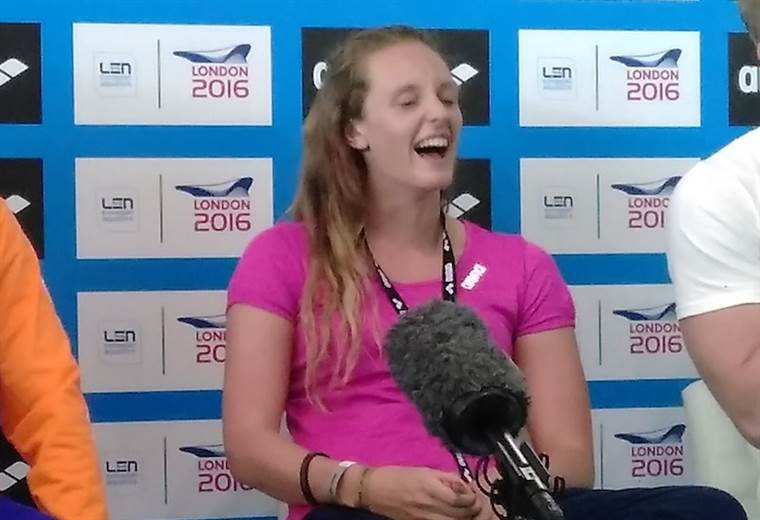‘Supersuits’ controversy still fresh in swimmers’ minds
16/05/2016

At the launch, UK swimmer Francesca Halsall said she had been with Arena for seven years and hoped to remain with the brand for the years ahead. “The suits are fantastic,” she said. But she went on to say that as well as high levels of functionality, swimmers need to have confidence that the suits they wear will bring no repeat of earlier controversies.
Swimming’s governing body, FINA (Fédération Internationale de Natation) initially approved swimwear such as Speedo’s LZR line of so-called ‘supersuits’, made from an ultra lightweight, water-repellent material. At the 2008 Games, 94% of all swimming races won were won by competitors wearing these suits and 23 of the 25 world records broken at the Games were achieved by swimmers competing in it. Other brands moved as quickly as they could to emulate the LZR’s capacity to limit passive drag in the pool and, amid further protests, athletes went on to set 17 new world records at the 2008 European Short Course Swimming Championships in Rijeka in Croatia. At that point, FINA decided it had to take action.
After breaking the world record again in June 2009 wearing a suit called the adidas Hydrofoil, German 100-metre freestyle specialist Britta Steffen said the suit made her feel like a speedboat in the water. “Never in my life would I have believed a human could glide like that,” she said. “You don’t die in the last metres and you feel no pain. Under normal circumstances, this suit should be forbidden.” Within weeks of her comment, this prophecy came true.
Recalling these times at the launch of the the Powerskin Carbon-Ultra, Francesca Halsall (pictured) said: “That was the year I joined Arena, 2009. It was a big year for suits. And after that, you just wanted to be sure you were with the right manufacturer.”








